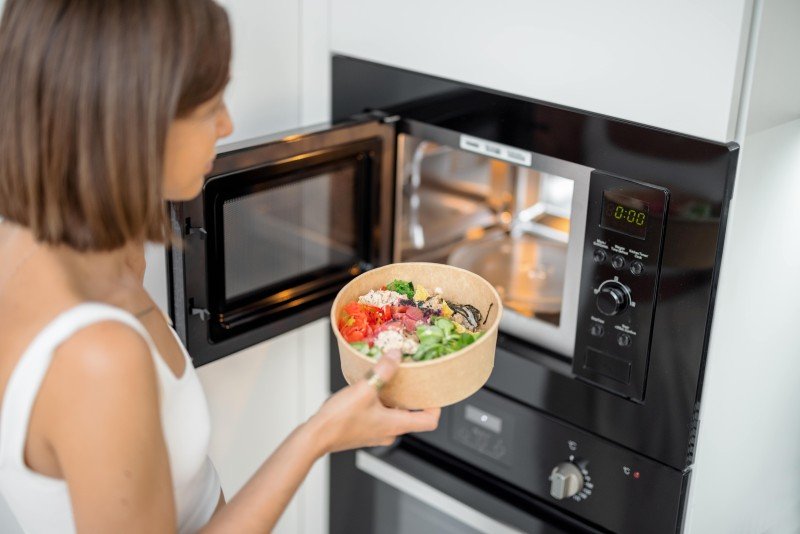Understanding Hobs and Ovens: A Comprehensive Guide for Cooking Enthusiasts
The kitchen is often considered as the heart of the home, where cooking creations come to life. Two vital parts of any kitchen are the hob and the oven. While they are both important for food preparation and cooking, numerous house owners may not fully comprehend the differences, performances, and different types offered in the market today. In this short article, we will check out these appliances in information, assisting you make notified decisions for your culinary needs.
Tabulation
- What is a Hob?
- 1.1 Types of Hobs
- 1.2 Benefits of Different Hob Types
- What is an Oven?
- 2.1 Types of Ovens
- 2.2 Benefits of Different Oven Types
- Picking the Right Hob and Oven for Your Kitchen
- Frequently Asked Questions (FAQs)
- Conclusion
What is a Hob?
A hob, commonly understood as a cooktop, is a cooking surface area that you position pots and pans on to prepare food. web link includes a series of heating elements and is regularly set up on countertops. In modern kitchen areas, hobs are available in numerous styles, technologies, and performances.
1.1 Types of Hobs
There are numerous types of hobs offered in the market:
| Type | Description |
|---|---|
| Gas Hob | Uses burner for cooking, offering exact temperature control. |
| Electric Hob | Operates utilizing electrical heating aspects, typically seen in strong or glowing kinds. |
| Induction Hob | Utilizes electromagnetic fields to heat pots and pans straight, promoting energy efficiency. |
| Ceramic Hob | Functions a smooth glass top, utilizing electric coils underneath the surface. |
| Solid Plate Hob | Standard electric hobs with exposed metal plates that warm up. |
1.2 Benefits of Different Hob Types
Gas Hobs:
- Quick heating and cooling.
- Visual flame control for exact cooking.
Electric Hobs:
- Even heating; suitable for simmering and boiling.
- Easy to clean, particularly flat surface areas.
Induction Hobs:
- Energy-efficient as only the pot warms up.
- Security functions, such as automated shut-off.
Ceramic Hobs:
- Attractive aesthetic appeals with a smooth finish.
- Even surfaces for easy cleaning.
Strong Plate Hobs:
- Cost-effective and durable.
- Great for basic cooking needs.
What is an Oven?
An oven is a kitchen home appliance used for baking, roasting, and broiling food. Ovens can be standalone systems or built into kitchen cabinetry, providing numerous cooking techniques that can enhance or transform components.
2.1 Types of Ovens
Comparable to hobs, there are several types of ovens, each with its advantages:
| Type | Description |
|---|---|
| Conventional Oven | Operates with heating aspects, best for baking. |
| Convection Oven | Uses fans to flow hot air, cooking food evenly and rapidly. |
| Microwave | Cooks food using electromagnetic radiation; suitable for reheating. |
| Steam Oven | Utilizes steam to prepare food, protecting moisture and nutrients. |
| Wall Oven | Built into the wall, offering benefit and aesthetic appeal. |
2.2 Benefits of Different Oven Types
Conventional Ovens:
- Simple to use without any complex settings.
- Versatile for numerous cooking approaches.
Convection Ovens:
- Faster cooking times due to air flow.
- Enhanced browning and crisping for baked goods.
Microwave Ovens:
- Quick cooking or reheating of food.
- Energy-efficient for low-volume cooking.
Steam Ovens:
- Health-conscious cooking that retains nutrients.
- Excellent for baking bread and cooking veggies.
Wall Ovens:
- Convenient placement; saves area.
- Less flexing needed to access cooking dishes.
Choosing the Right Hob and Oven for Your Kitchen
When choosing a hob and oven, elements such as space, cooking design, and personal choices must be thought about. Here's a basic guide to assist you choose:
Factors to Consider
- Cooking Needs: Evaluate your cooking routines. Do you typically bake, or is stovetop cooking more widespread?
- Area Availability: Measure your readily available kitchen area. Some hobs or ovens might require more room than others.
- Fuel Type: Decide in between gas and electric, based upon availability and personal preferences.
- Budget plan: Determine what you're ready to invest and find alternatives within that variety.
Quick Tips
- Focus on Efficiency: Look for energy-efficient models to reduce long-term expenses.
- Read Reviews: Explore user reviews to gather viewpoints on performance and reliability.
- Speak with Professionals: Seek guidance from kitchen style specialists when preparing your design.
Frequently Asked Questions (FAQs)
1. What is the distinction between a hob and an oven?
A hob is a cooking surface area generally for stovetop cooking, while an oven is an enclosed space used for baking, roasting, and broiling food.
2. Can I use any pot on an induction hob?
No, induction hobs need magnetic pots and pans. Stainless steel and cast iron pots work, however non-magnetic materials like aluminum won't.
3. How do convection ovens differ from traditional ovens?
Stove employ fans to distribute hot air for even cooking, whereas traditional ovens do not have this feature.
4. Is it possible to have both a hob and oven as a single unit?
Yes, there are variety cookers that integrate a hob and an oven within one device, providing an extensive cooking option.
5. How do I clean my hob and oven?
Most hobs and ovens have actually advised cleansing methods depending on their products. It is recommended to speak with the producer's directions for the best practices.
Understanding the differences between hobs and ovens is vital for anybody seeking to optimize their kitchen space or enhance their cooking skills. By understanding the different types, their advantages, and how to choose the best ones for your requirements, cooking can become a more pleasurable and effective experience. Whether you are a knowledgeable chef or a newbie cook, the best combination of hob and oven can elevate your culinary productions to new heights.

